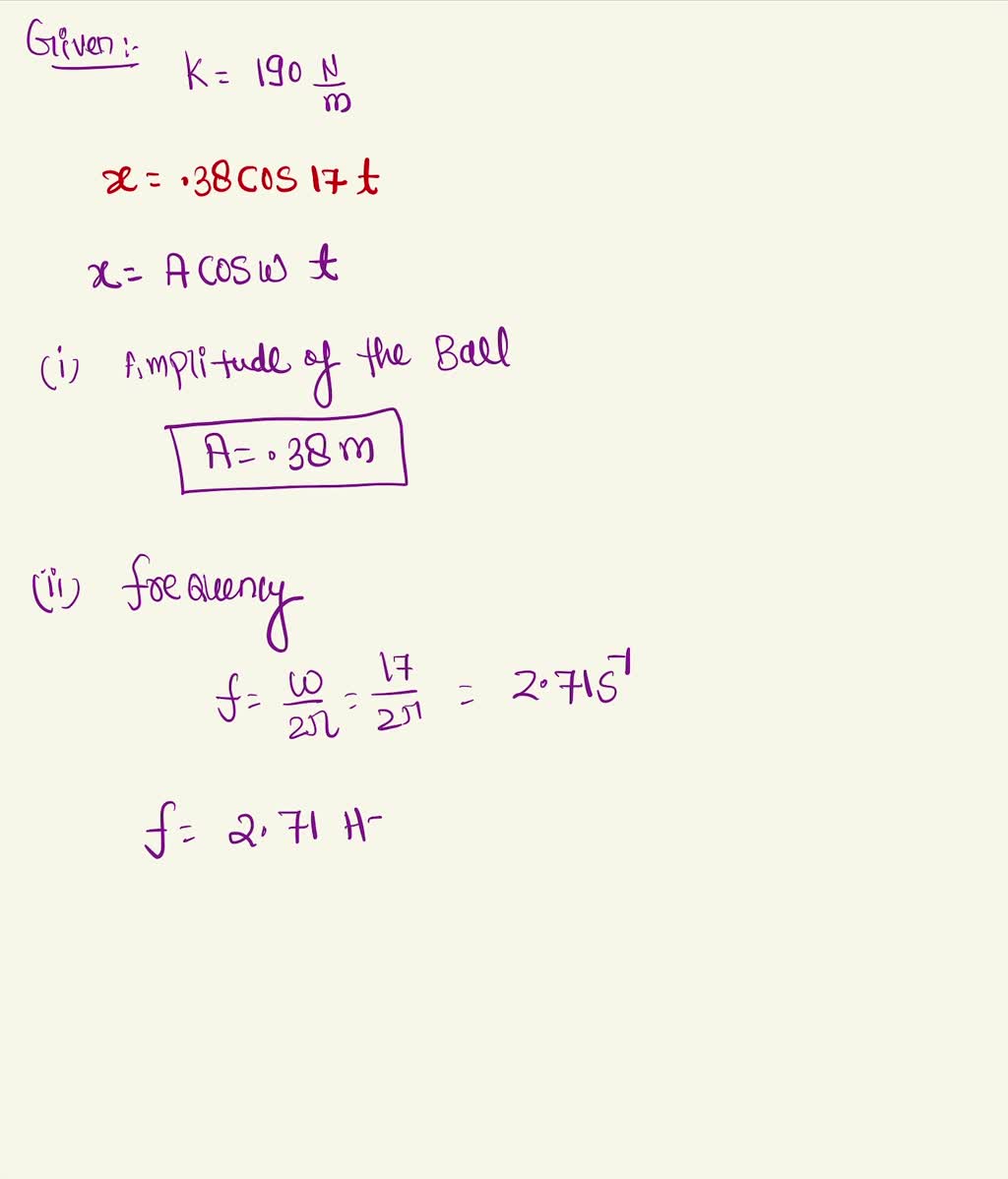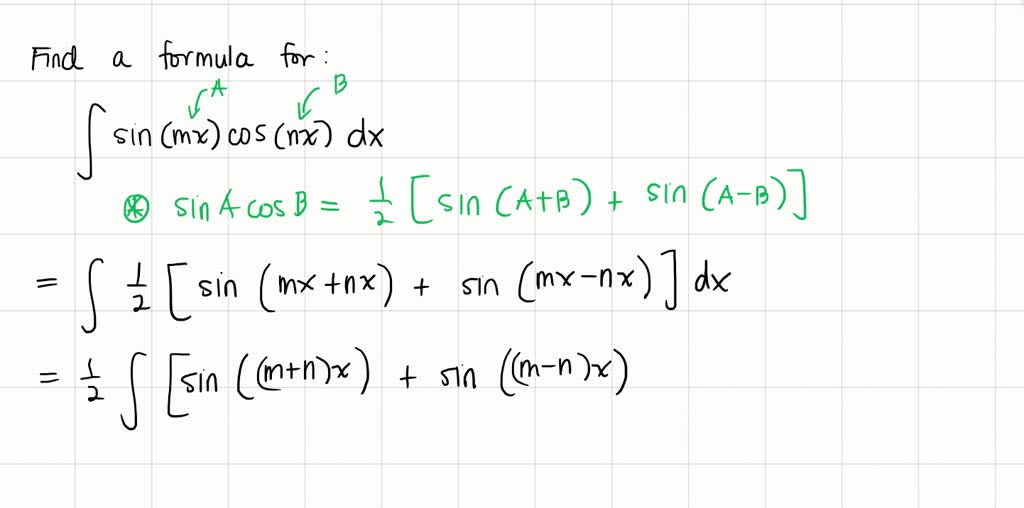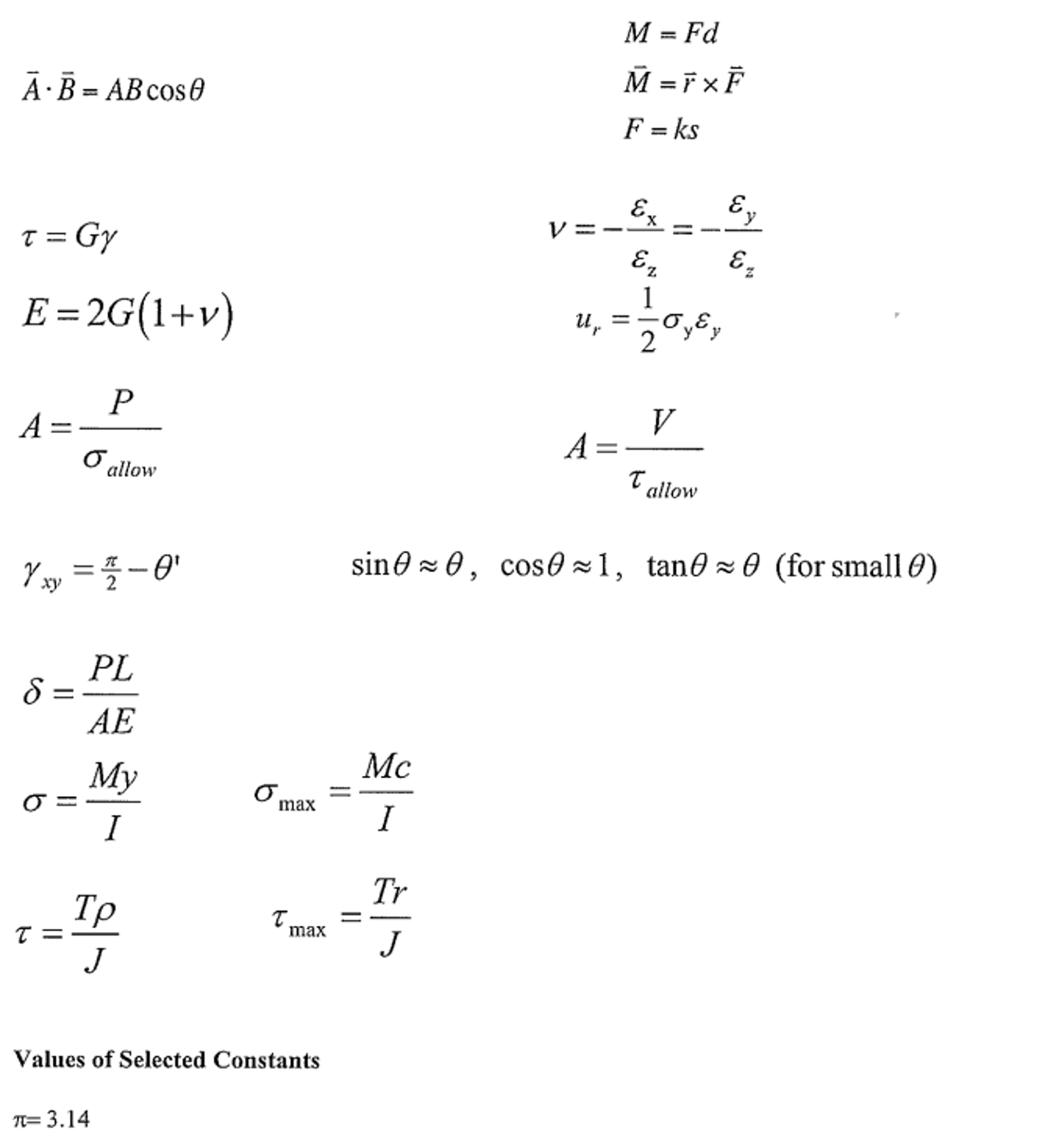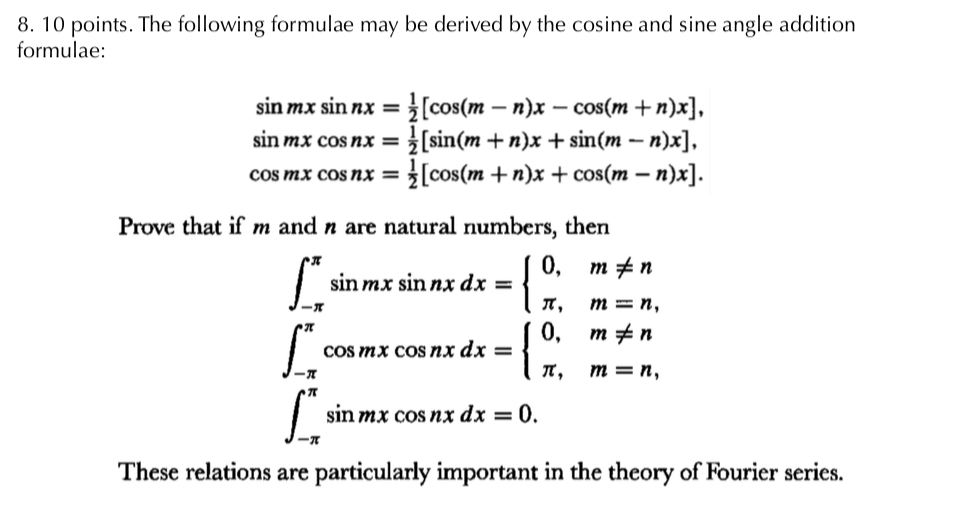
If `cos(theta+2 alpha) = m cos theta`, show that `cot alpha = (1+m)/(1-m) tan(theta +alpha)` - YouTube

If m=cos theta-sin theta and n=costheta+sin theta then show that sqrt(m /n)+sqrt(n/m)=2/sqrt(1-tan^2 theta)

SOLVED: A ball of mass m oscillates on a spring with spring constant k = 200 N/m. The ball's position is x = 0.350m cos(15.0/st + 0.13) a) What is the amplitude
If cos (θ + ϕ) = m cos (θ – ϕ), then prove that tan θ = ((1 – m)/(1 + m)) cot ϕ - Sarthaks eConnect | Largest Online Education Community

SOLVED: a ball of mass m oscillates on a spring with spring constant k =190 N/m. the balls position is described by x = (0.38 m)cos(17 t), with t measured in seconds.

Question Video: Using the Unit Circle to Express the Values of Sine, Cosine, and Tangent for 2𝜋 − 𝑥 in Terms of Their Values for 𝑥, Where 𝑥 Is Any Real Number

H&M's COS, Next, IBM in blockchain textile traceability project - Ledger Insights - blockchain for enterprise
![Calculus 2: How Do You Integrate? (84 of 300) Find the Integral of [cos (mx)][cos(nx)]dx=?*** - YouTube Calculus 2: How Do You Integrate? (84 of 300) Find the Integral of [cos (mx)][cos(nx)]dx=?*** - YouTube](https://i.ytimg.com/vi/lRq-j0zRaQc/hqdefault.jpg)
Calculus 2: How Do You Integrate? (84 of 300) Find the Integral of [cos (mx)][cos(nx)]dx=?*** - YouTube
If cos a / cos b = m and cos a / sin b = n, how do I show that (m^2 + n^2) cos^2b = n^2 (here a=alpha, b=bita, ^ means power)? - Quora

calculus - Reduction formula for $\int_0^{\pi/2}\cos^m\theta\sin^n\theta\,d\theta$ - Mathematics Stack Exchange








